The pleasure of an afternoon can be a glass of good cognac. We enjoy it, warming the glass in the palm of our hand to make the most of its flavours. I've often wondered where those special flavours come from because it too is, isn't it, another wine distillate like many others. And yet, so different! In trying to find out what the secret is I discovered that what makes the difference, not only between cognac and other wine distillates, but also between the different brands of cognac, is the oak barrel.
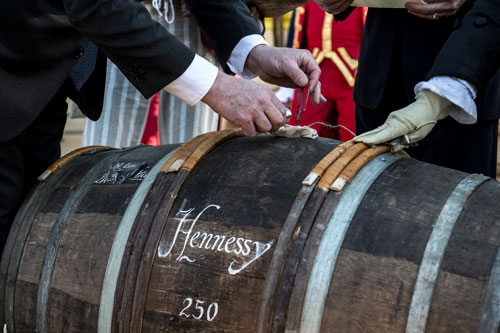
In fact, the name cognac is misused. The generic name for white wine distillate aged in oak barrels is brandy. Cognac is the name of that brandy made from grapes from the Cognac region of France, distilled in the same region between November and March each year. Distillation takes place in 2 stages. In the first stage, after 12 hours of distillation of the white wine in copper pots, a liquid with an alcohol content of 30% is obtained. In the second stage, after another 12 hours of distillation, a liquid with an alcohol content of 70% is obtained, called eau-de-vie (water of life) by the French. This distillate is aged for at least 2 years in carefully selected oak barrels from French forests. It is from this cask that the cognac takes its specific colour and flavours.
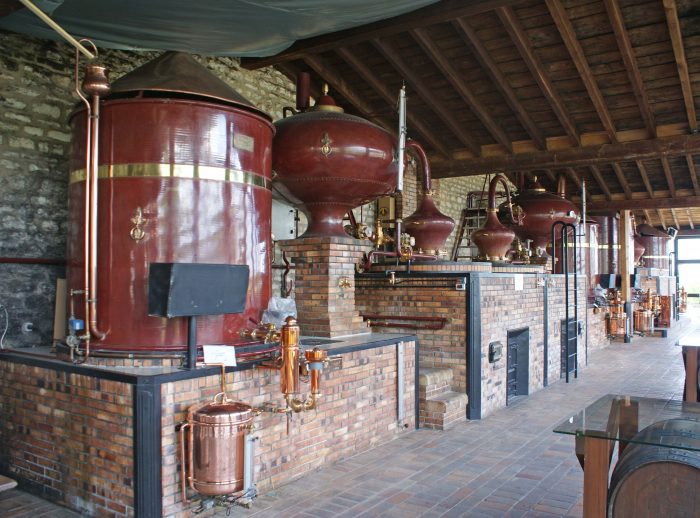
photo source: amateurgastronomer.com
The barrels for ageing cognac are made only with oak from two specific forests in France, Troncais and Limousin. The species used are Quercus pedunculata and Quercus sessiliflora, because they are hard but at the same time flexible. The oak in the Troincais area is less hard and the pores are medium in number and size. Limousin oak is harder, with pores that are medium in size but more numerous. It seems that distillation extracts more tannins from Limousin oak, which is why this wood is the most expensive barrel wood in the world. Cognac kept in such casks is strong, with a balanced taste and fine vanilla flavours.
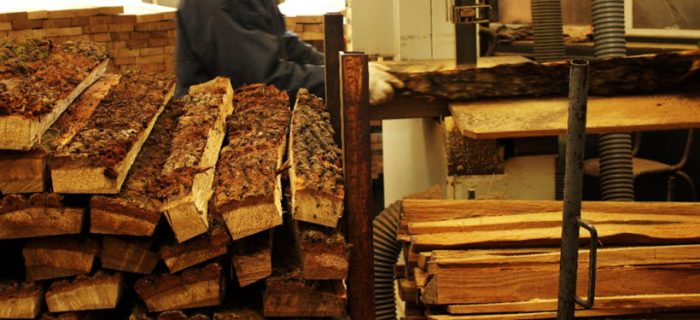
Cognac barrel makers pass on their craft and working techniques from generation to generation. Their barrels are always made following the same methods and using wood chosen according to the same criteria, improvisations are not accepted. They know how to choose the best wood and for this they are very well paid by famous cognac producers.
The oak chosen to make the barrels must be at least 100 years old. After it is felled it is split into planks and left to dry naturally for 1 to 3 years. During this time the tannins that give the bitter taste are lost. It is then cut into standard-sized planks (doage) with which barrels are made.
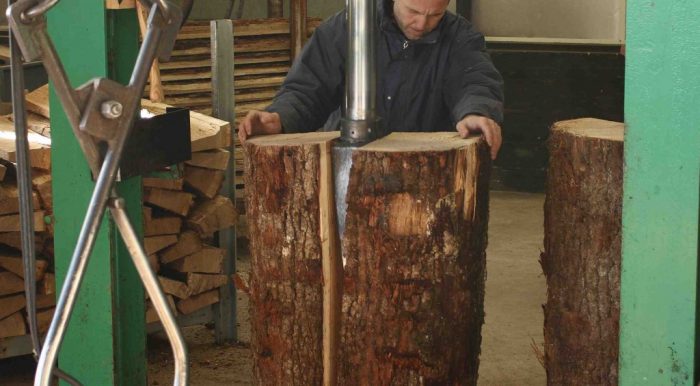
The most important operation is burning. The planks, placed around a bottom and held together with a metal band to prevent them from spreading, are placed over a fire made of sawdust and pieces of oak wood. The burning time and the intensity of the surface burning of the planks will determine the future taste of the cognac. During burning the tannins are transformed into flavour-giving substances such as vanillin. We have already talked about this process in the article on wine barrel.
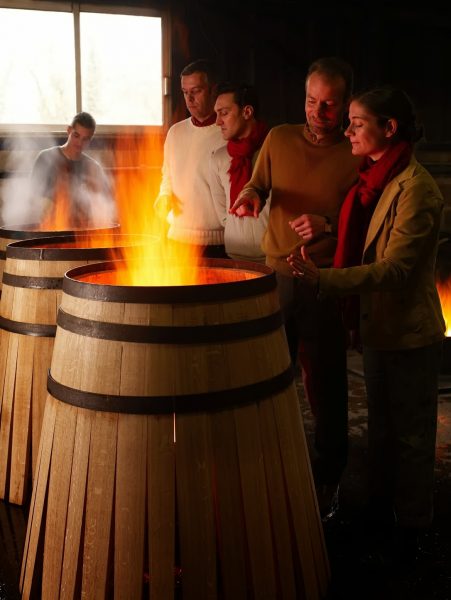
After firing and repeated sprinkling with water to allow for bending, the staves are fitted together with the other bottom to form the barrel. No nails or rivets are used for assembly.
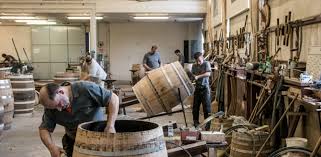
For ageing the cognac is generally placed in new casks to take on all the necessary flavours, after which it is moved to old casks so that the exchange of tannins between the distillate and the wood is reduced. Through the pores of the wood the distillate loses between 1 and 2.5 degrees/year, but also some of the water. The loss depends on the place of storage and the conditions in the cellar. In France this loss is called "the angels' share". Calculations show that the angels take a not inconsiderable share. For example, a cognac aged for 50 years in barrels with a loss rate of 2.5%/year goes from 350 l to 100 l.
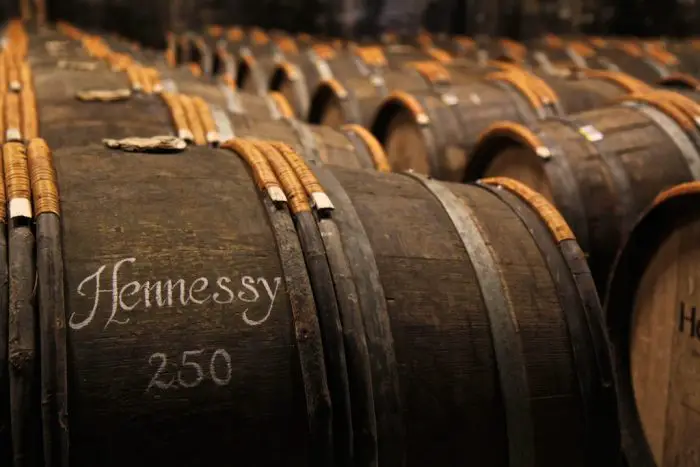
The difference in taste between the different brands of cognac comes from the way the wood in the barrel is burned and the combination of how long the distillate sits in new or old barrels. It is also from these casks that cognac gets its beautiful brown colour.
Whether you like cognac or not, I hope you enjoyed this French tale of the slow transformation of the water of life into cognac, an occasion that angels also enjoy, having their share.
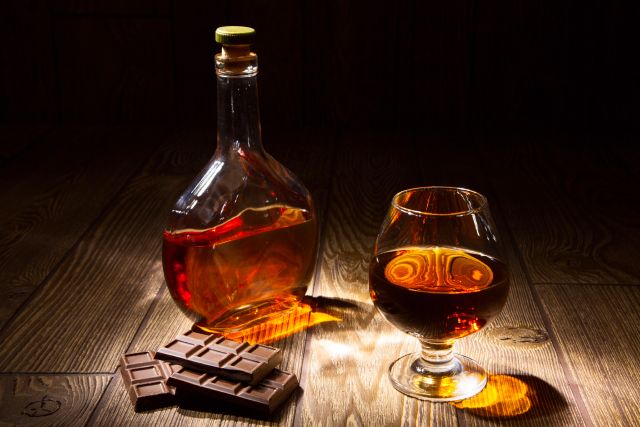




















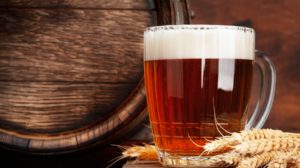




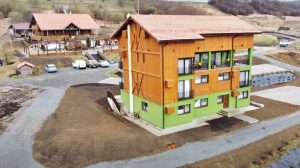


Add comment